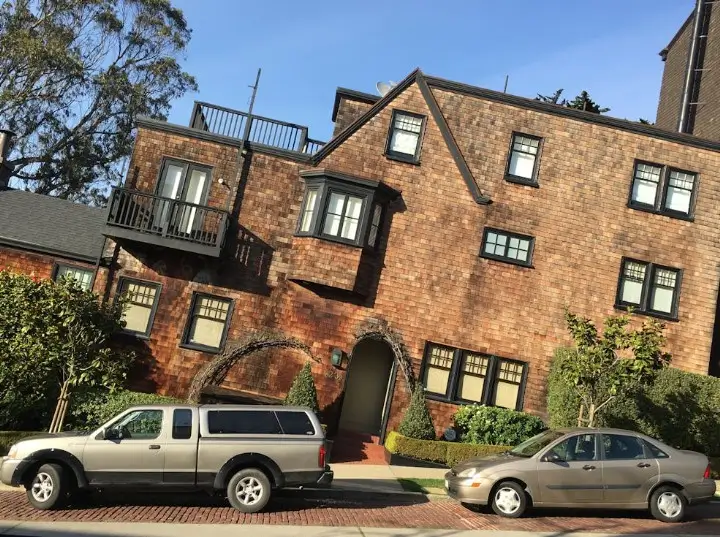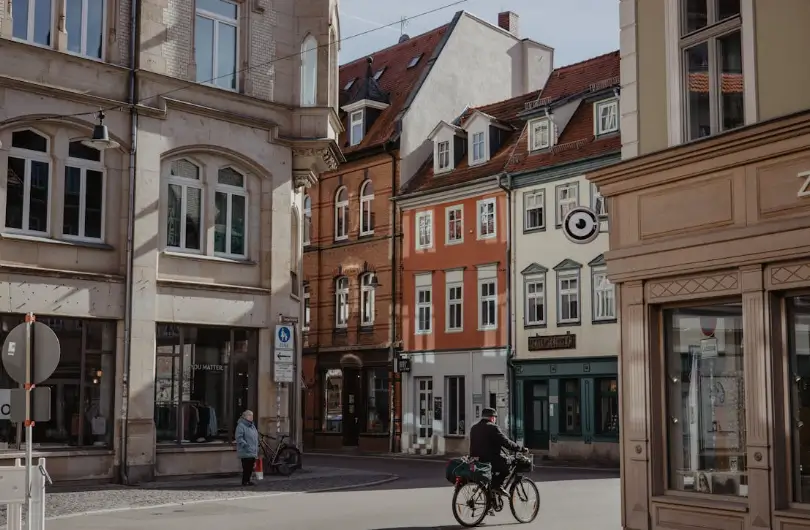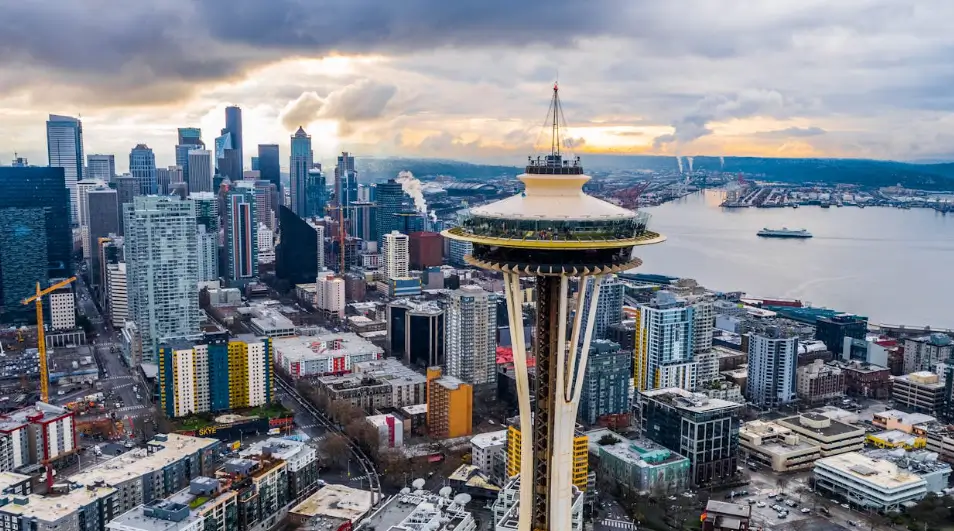The Hidden Costs of Owning a Home: What Your Realtor Didn’t Tell You
We romanticize homeownership like it’s the happy ending in a Hallmark movie: you sign the papers, hang a wreath on the door, and suddenly life smells like fresh-baked cookies.
Except… your mortgage payment just “adjusted” because of a mysterious escrow recalculation, your water heater died in the middle of January, and your “quiet street” is now the designated cut-through for every GPS app in the county.
Owning a home isn’t just about planting azaleas and picking paint colors. It’s also about paying for cracked driveways, replacing roofs you didn’t realize were already on life support, and watching your property taxes climb faster than your salary.

And here’s the kicker: a lot of these costs aren’t just bad luck — they’re baked into how our neighborhoods are planned, zoned, and maintained. Your house isn’t just part of your personal financial picture; it’s part of a citywide system that’s quietly charging you for things you didn’t know you were buying.
Mortgage Payments: The “Welcome to the Club” Fee
Mortgages are the membership dues for the “I Own Property” club, and they’re not shy about collecting. Sure, it’s principal plus interest on paper. But throw in fluctuating property taxes, mandatory insurance, and HOA fees, and it starts to feel less like an investment and more like a never-ending subscription service with surprise upcharges.
In the early years, most of your payment is interest — basically rent you’re paying to your lender for the privilege of not paying rent to someone else. Only later do you start chipping away at the principal, and by then you’ve probably replaced a dishwasher, patched a roof leak, and realized your neighborhood “amenities” are really just lawn care rules disguised as community-building.
Property Taxes: The Quiet Climber
Property taxes are the city’s way of saying, “Congrats on the investment… now help us pay for everything.” They’re based on your home’s assessed value, which tends to go in only one direction — up. If your property value jumps because a new coffee shop opened nearby, great! Unless you weren’t planning on spending an extra $800 a year so the city could fix potholes two zip codes away.
And in some places, zoning policies keep property taxes high for homeowners while subsidizing large developments in other areas. Translation: your cute bungalow might be helping to foot the bill for infrastructure in neighborhoods you’ve never set foot in.
Insurance: Because the Universe is Chaotic

Home insurance is the financial equivalent of carrying an umbrella everywhere — slightly annoying, but you’ll be glad you have it when the sky actually falls. It covers disasters, theft, liability, and a whole host of weird situations (looking at you, “falling objects” clause).
The catch? The cost isn’t just about your house. It’s also about your location. Living in a flood zone, near a fire-prone area, or in a state that gets regular hurricanes means premiums that can rival a car payment. And thanks to climate change, “high-risk area” maps are expanding like your to-do list on a Saturday morning.
Maintenance: The Bill You Pay for Standing Still
A house is basically a large machine you live inside, and like any machine, it needs upkeep. Gutter cleaning, HVAC servicing, lawn care, pest control — all the glamorous stuff you didn’t see on HGTV. Skip it, and you’re not just saving money; you’re racking up future repair bills with interest.
And here’s the urbanist twist: a lot of maintenance costs are influenced by your home’s design and location. That sprawling suburban lawn? More mowing, more irrigation, more chemicals. That cul-de-sac home far from services? More wear and tear on your car, because every errand is a road trip.
Repairs: When the House Fights Back
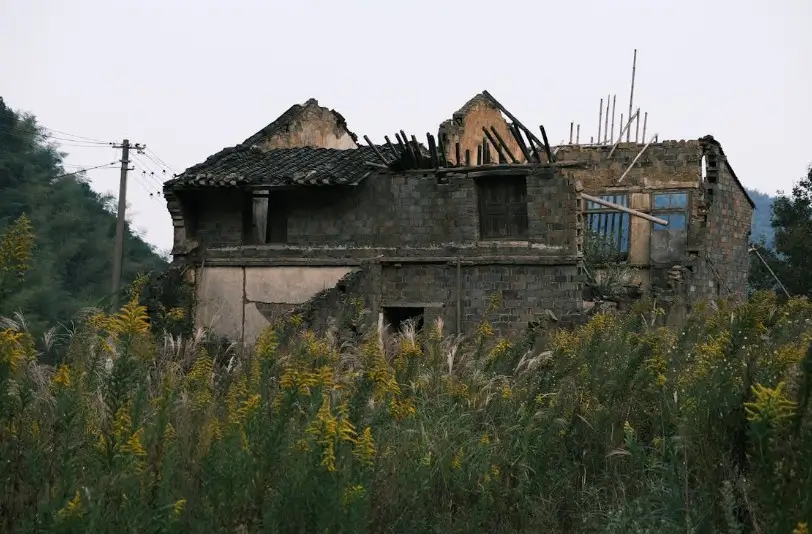
Even with regular maintenance, your home will find ways to surprise you — and not in the fun, “hidden wine cellar” way. Think burst pipes, cracked foundations, or that mysterious stain spreading across your ceiling like it’s auditioning for a horror film.
The trick is to budget for these things before they happen. Set aside a monthly repair fund so future you can write a check instead of a panicked Facebook post asking for contractor recommendations.
Utilities: The Invisible Mortgage
Electricity, water, gas, garbage pickup — they may seem like small monthly expenses, but they add up. And if your home is older or poorly insulated, you might as well hand over your paycheck to the power company in July.
Want to lower costs? That’s where planning and policy come in. Energy efficiency upgrades, better building codes, and neighborhood design that promotes shade and airflow can cut utility bills — but those changes often require citywide action, not just a smarter thermostat.
Budgeting Like a Planner
If you want to stay afloat in the sea of homeownership costs, budget like a city planner:
- Account for every line item. Mortgage, taxes, insurance, utilities, maintenance, repairs — it all needs a slot in your budget.
- Plan for emergencies. Not if something breaks, but when.
- Think long-term. Consider how life changes, market trends, or even new zoning laws could affect your costs.
Owning a home isn’t just a personal milestone — it’s a constant negotiation between your wallet, your neighborhood, and your city’s infrastructure. The more you understand those connections, the better prepared you’ll be.
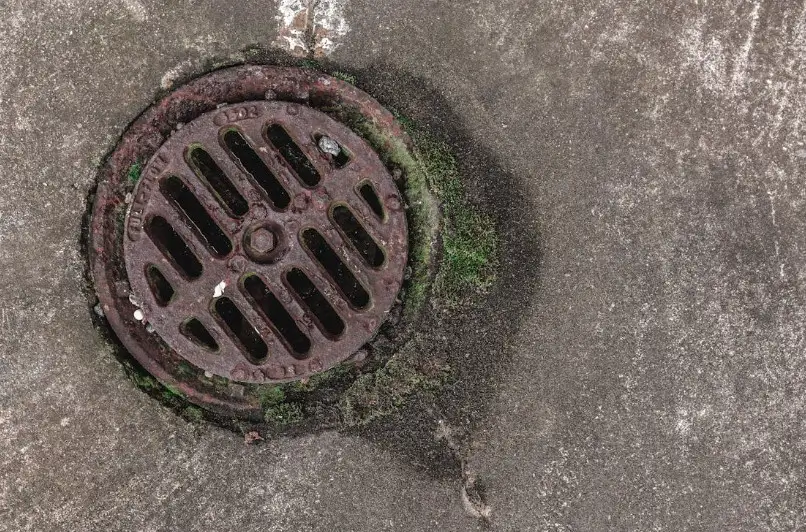
Bottom line: Your realtor probably showed you the kitchen backsplash and the sunny backyard. They probably didn’t mention that your stormwater fees might rise because the city’s drainage system needs an upgrade. That’s where the real hidden costs live — in the intersection between your front porch and public policy.
%20(1200%20x%20237%20px)%20(300%20x%2059%20px).webp)
